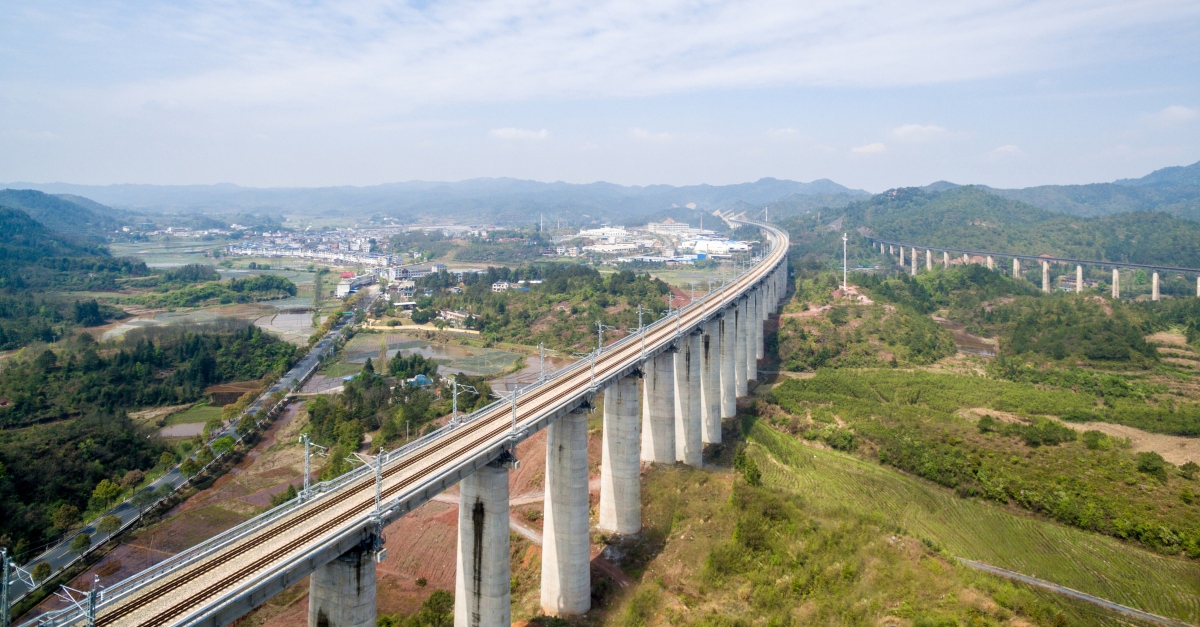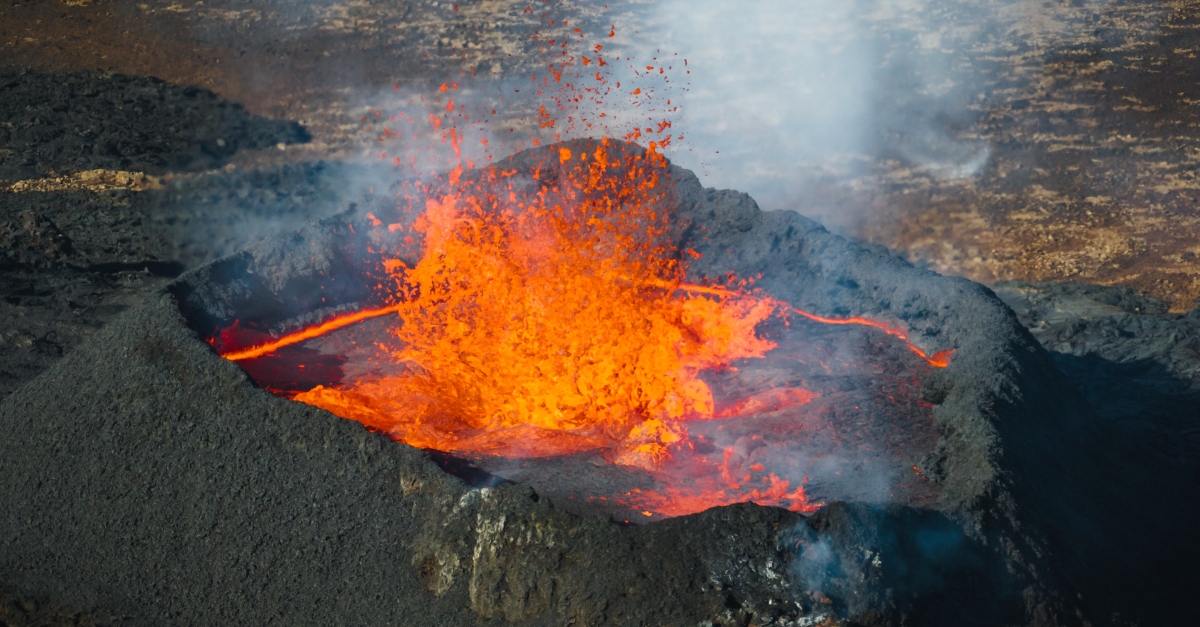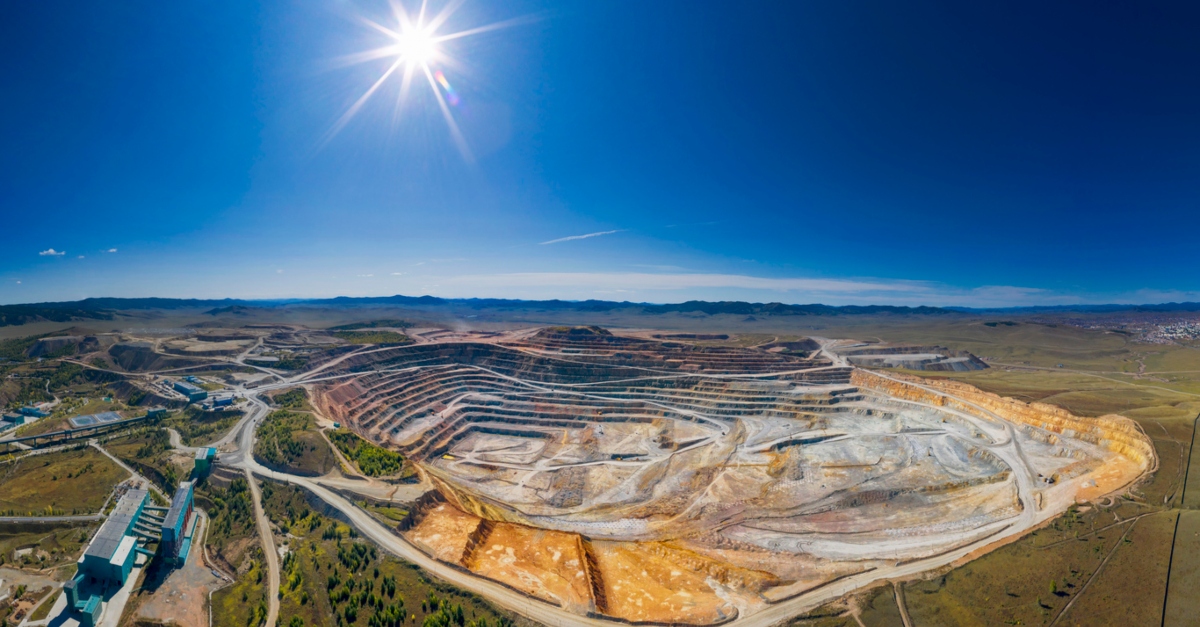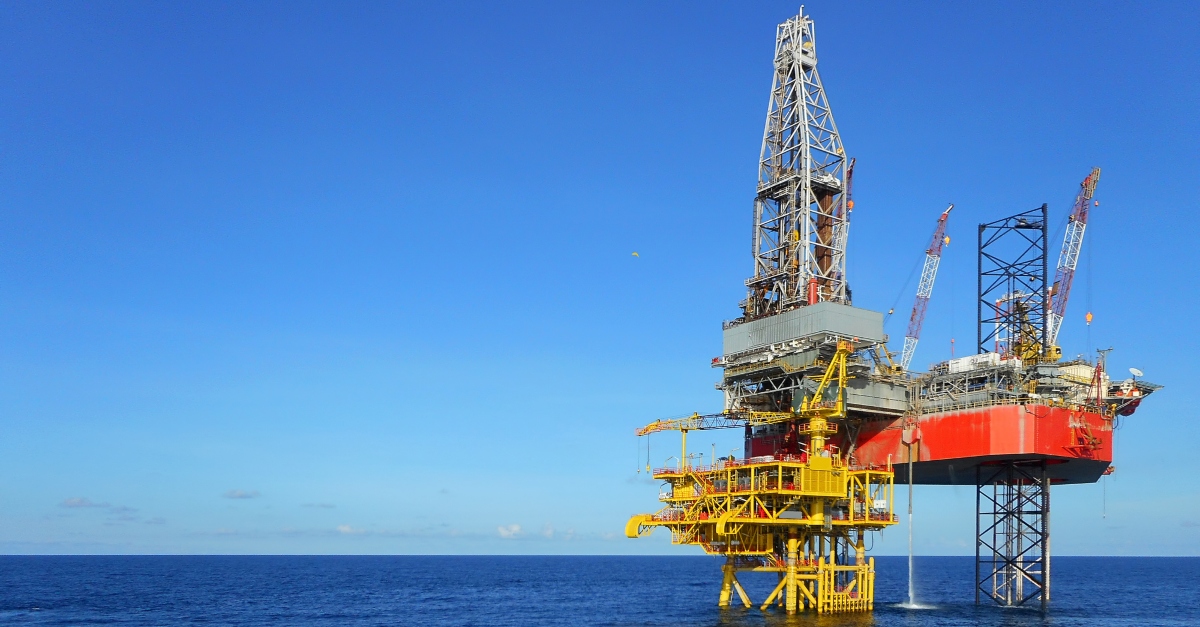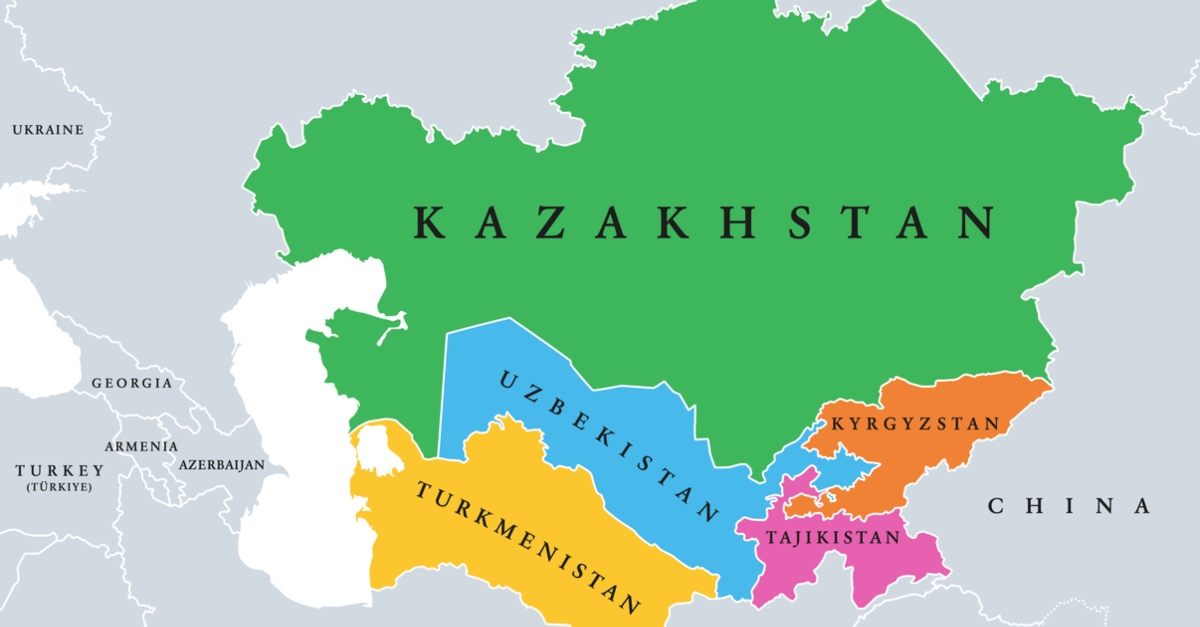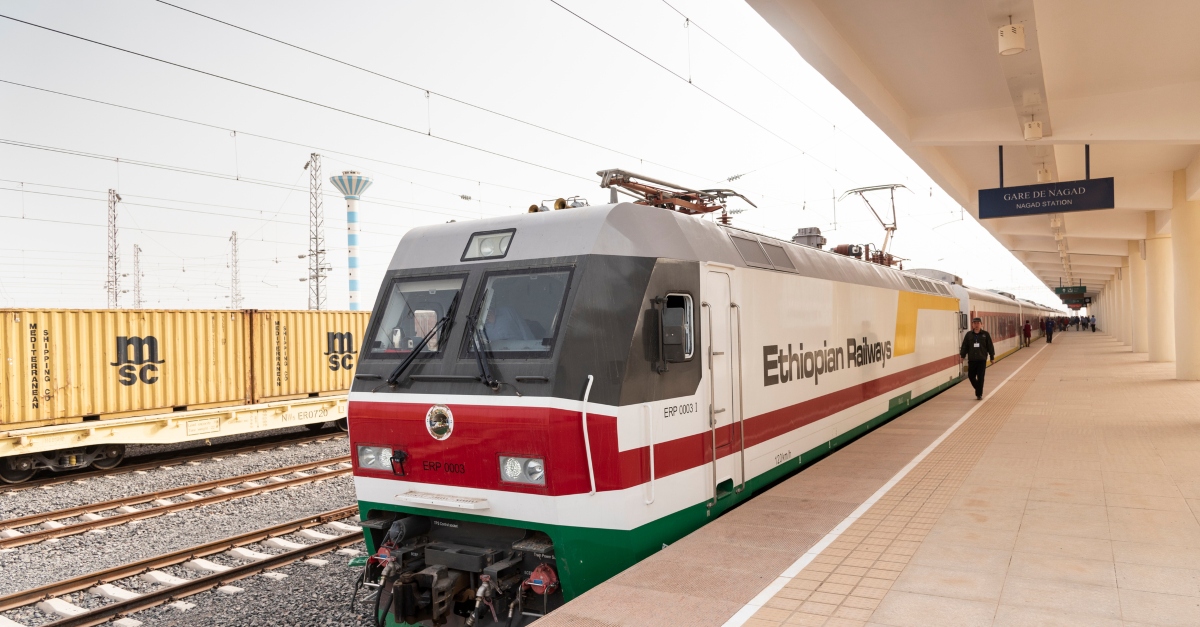Japan, US: a golden age?
When Sanae Takaichi was elected as Japan’s first female prime minister on 21 October, many observers were quick to raise scepticism and criticism. But taking a step back from the usual negative-narrative lens reveals a number of real indicators that Japan might be entering a much more dynamic era; one in which strong leadership, a [...]
Japan, US: a golden age? Read More »


